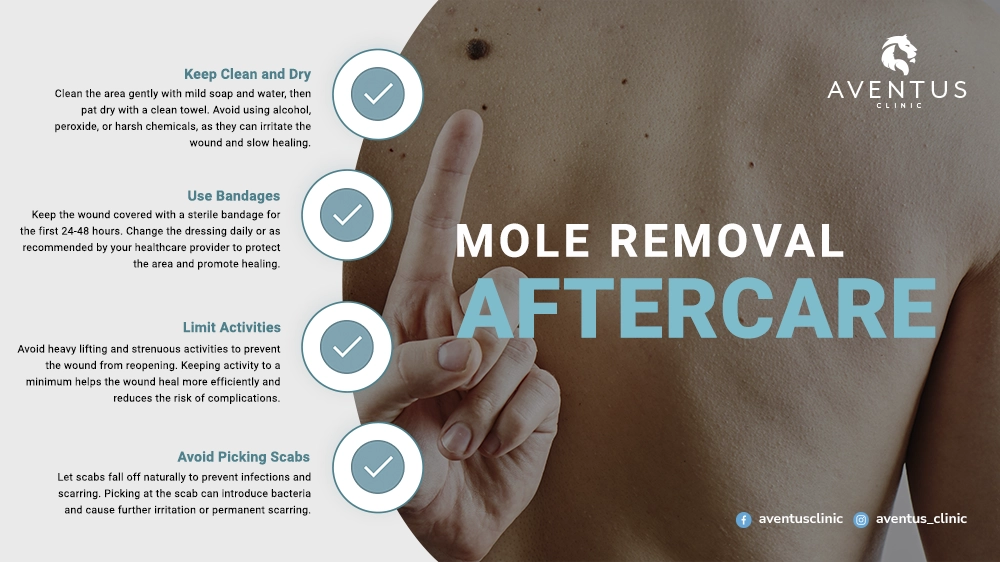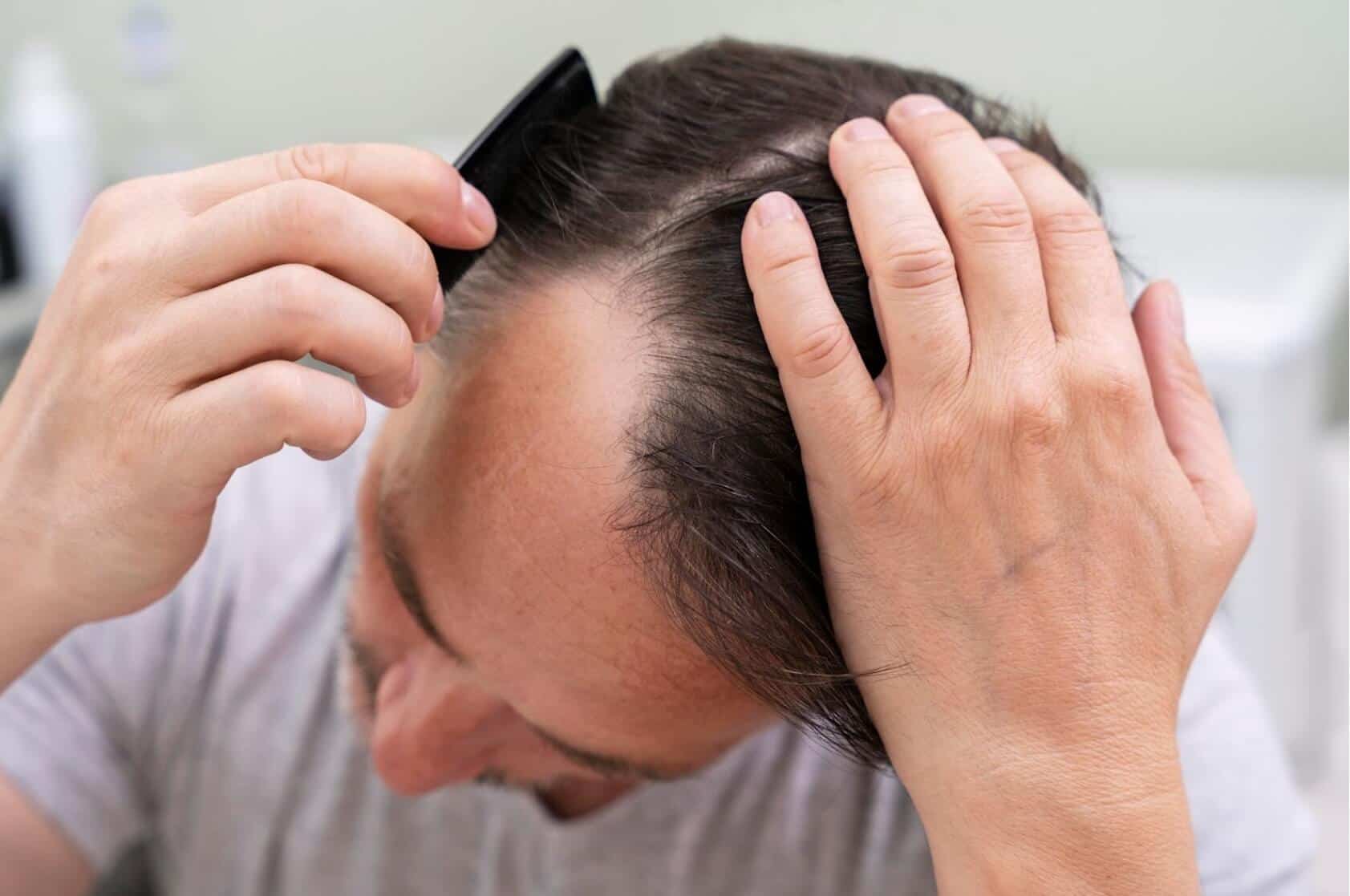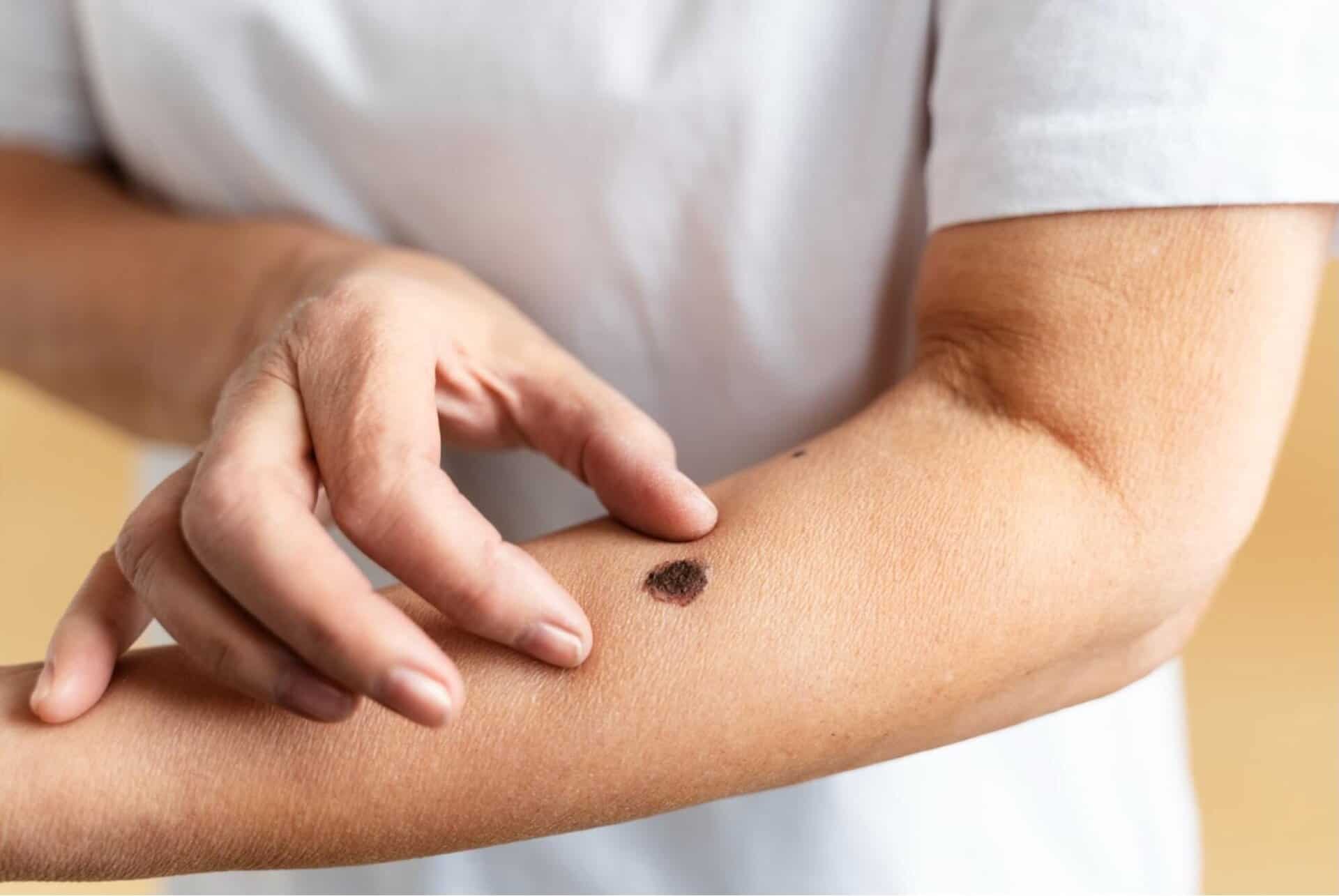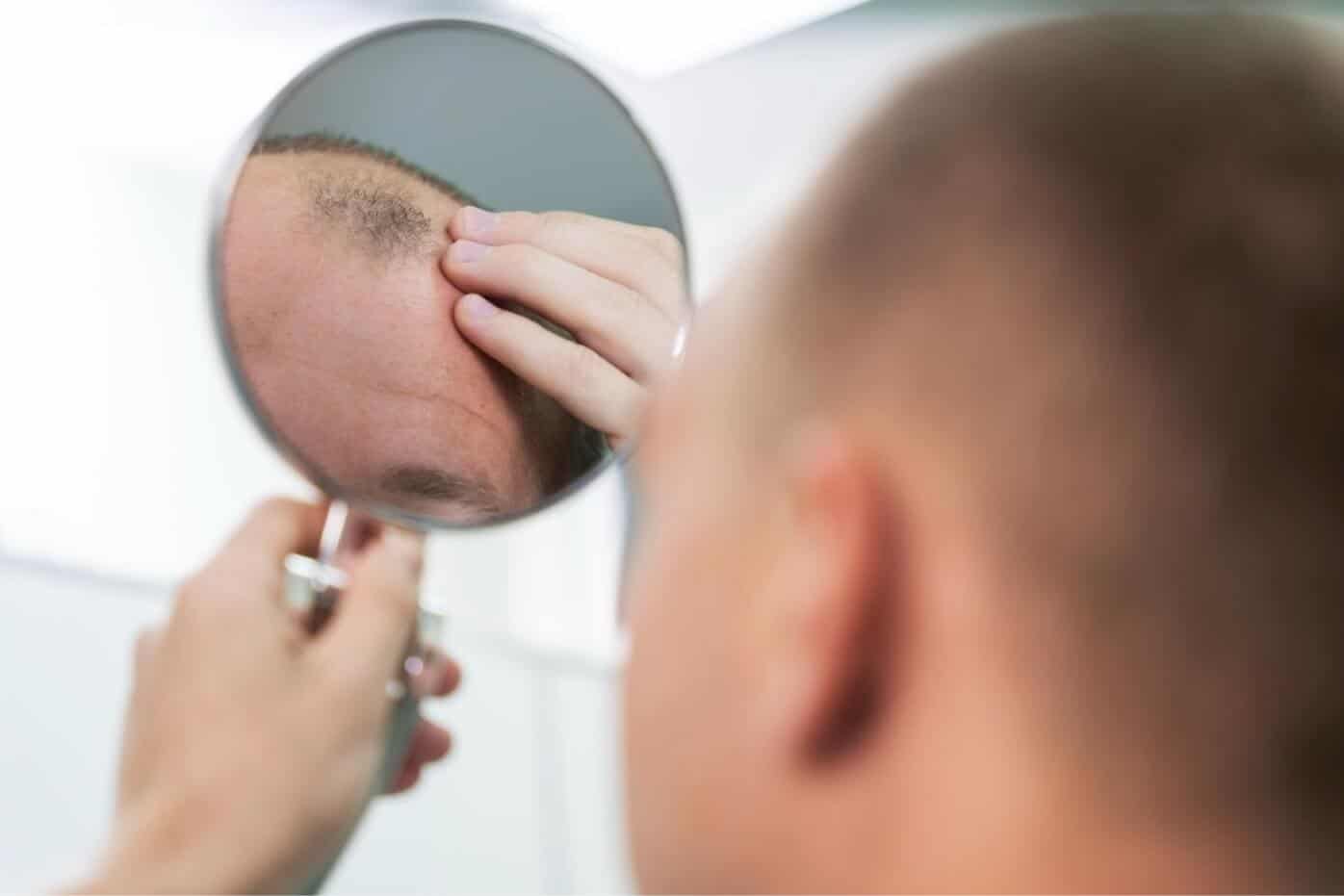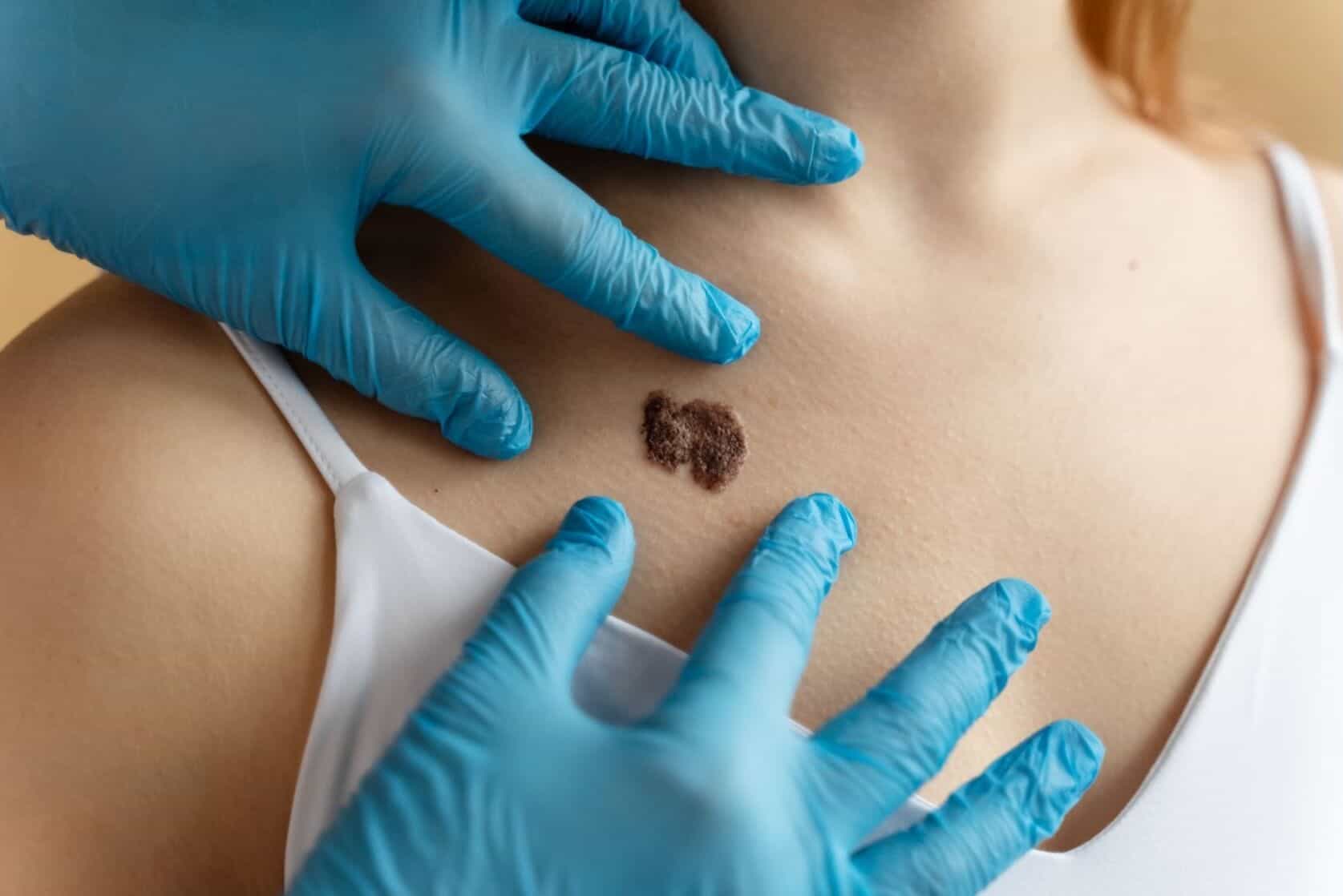- Dr Sharon Crichlow
- Reading Time: 8 Mins
Mole removal is a common dermatological procedure that can significantly improve both health and aesthetics. At Aventus Clinic, we prioritise your care and recovery post-procedure. Proper aftercare is crucial to ensure optimal healing and minimise any risk of complications. This guide will walk you through essential aftercare steps specifically for mole removal, highlighting key practices to help you achieve the best possible results and maintain healthy skin. Following these steps will not only aid in faster recovery but also reduce the likelihood of infection and scarring, ensuring your skin heals smoothly and efficiently.
Table of Contents
Essential Aftercare Steps For Mole Removal
Keep the Area Clean and Dry: Clean the site gently with mild soap and water, then pat dry with a clean towel. Avoid using alcohol, peroxide, or any harsh chemicals on the wound.
Bandage and Dressing: Keep the wound covered with a sterile bandage for the first 24 to 48 hours. Change the dressing daily or as recommended by your healthcare provider.
Avoid Picking the Scab: Allow the scab to fall off naturally. Picking can lead to infections and scarring.
Minimise Strenuous Activities: To prevent the wound from reopening, avoid heavy lifting and vigorous exercises until fully healed.
Pain Management: Over-the-counter pain relievers such as acetaminophen can help manage discomfort. Consult your doctor before taking aspirin or ibuprofen as they may increase bleeding.
Follow-Up Appointments: Attend all scheduled follow-up appointments to ensure proper healing and address any concerns promptly.
Expectations After Mole Removal
How to Care for Stitches
- Initial Care: Keep stitches covered for 24-48 hours.
- Cleaning: Wash gently with cool water and mild soap, pat dry.
- Ointment Application: Apply petroleum jelly or an antibiotic ointment as advised.
- Bandage Replacement: Change bandages as needed to keep the site clean.
- Monitoring: Watch for signs of infection such as redness, pus, or increased pain. Contact your provider if these occur.
Comparison of Different Mole Removal Surgeries
When to Call the Doctor
Seek medical attention if you notice:
- Redness, swelling, or pus indicating infection.
- Bleeding that doesn’t stop with pressure.
- Fever over 100°F (37.8°C).
- Persistent pain despite medication.
- Wound reopening or stitches coming out too soon.
- Any concerns about healing or the appearance of the lesion post-healing.
Proper aftercare is vital for effective healing and minimising the risk of complications. If you have any questions or concerns during your recovery, do not hesitate to contact Aventus Clinic for support.


